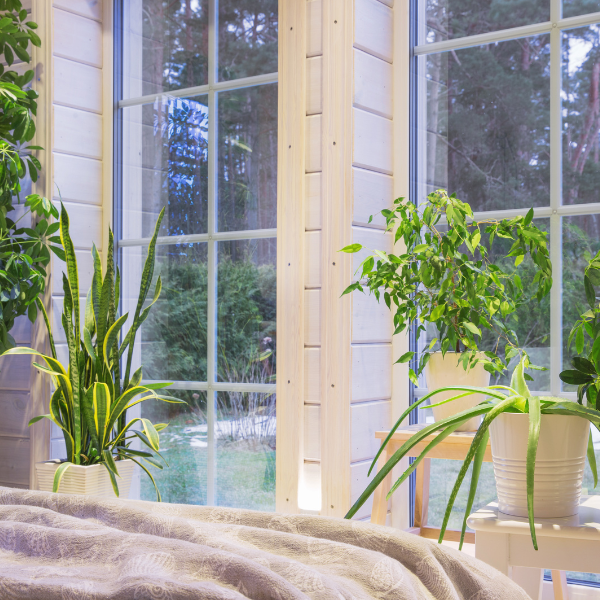
Benefits of Biophilic Design
Biophilic design is a term used to describe a design approach that incorporates elements of nature into the built environment. This design philosophy seeks to create spaces that connect people with the natural world, promoting health, well-being, and sustainability. In this essay, I will discuss the benefits of biophilic design.
The first benefit of biophilic design is that it can improve mental health and well-being. Studies have shown that exposure to nature can reduce stress, improve mood, and increase feelings of relaxation and calm. When natural elements are incorporated into the built environment, people are more likely to experience these benefits, resulting in improved mental health and well-being.
Another advantage of biophilic design is that it can enhance cognitive function and creativity. Research has shown that exposure to nature can improve attention, memory, and problem-solving skills. When natural elements are incorporated into the built environment, they can serve as a source of inspiration and creativity, helping to promote innovation and productivity.
Biophilic design can also improve physical health. Exposure to nature has been shown to have a positive impact on a range of physical health outcomes, including reducing blood pressure, improving immune function, and reducing symptoms of seasonal affective disorder. When natural elements are incorporated into the built environment, people are more likely to experience these benefits, leading to improved physical health.
In addition to these health benefits, biophilic design can also promote sustainability. By incorporating natural elements into the built environment, buildings can reduce their energy consumption and carbon footprint. For example, biophilic design can include features such as green roofs and walls, which can provide insulation and reduce the need for heating and cooling.
Finally, biophilic design can enhance the aesthetic appeal of buildings and spaces. Natural elements such as plants, water features, and stone can add beauty and interest to the built environment, creating spaces that are not only functional but also visually appealing.
In conclusion, biophilic design offers a range of benefits, including improved mental and physical health, enhanced cognitive function and creativity, promotion of sustainability, and aesthetic appeal. As more and more people recognize the importance of connecting with nature, biophilic design is becoming an increasingly popular design approach, helping to create spaces that promote health, well-being, and sustainability.
We are running an introduction to Biophilic Design in March starting in March.